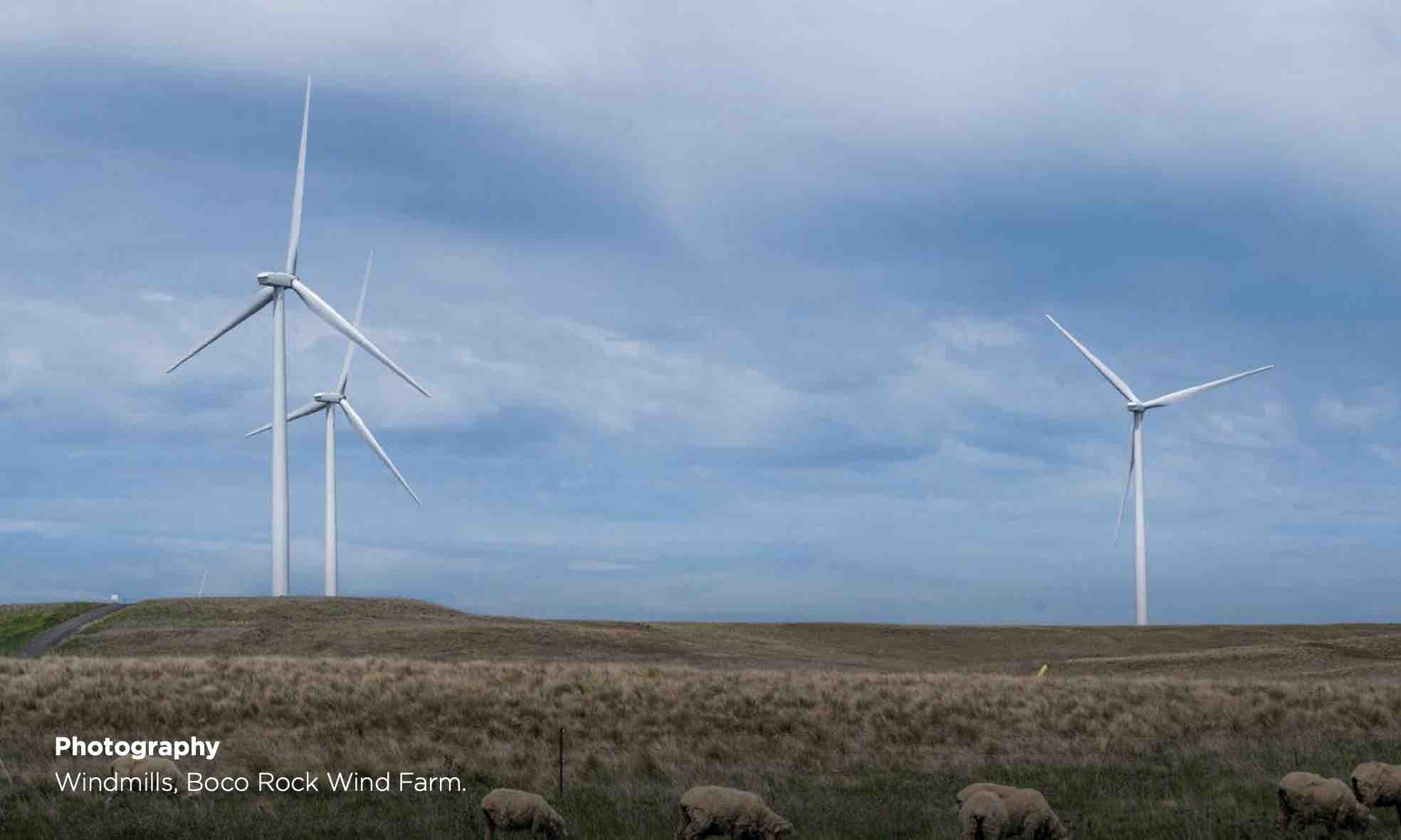The NSW state Liberal government has unveiled a green hydrogen strategy that will offer $3 billion in incentives and will seek to attract between $80 and $50 billion in new hydrogen infrastructure as it accelerates its shift to zero emissions.
The plan, unveiled by energy minister and now also state treasurer Matt Kean, and newly elected premier Dominic Perrottet, will seek – along with its renewable infrastructure roadmap – to drive “deep carbonisation” and position the state as a green energy superpower.
“Our major trading partners see hydrogen as part of their energy future, this state has the skills, infrastructure and renewable energy resources to compete globally in this new industry,” Perrottet said.
Kean says that the state will provide up to $3 billion in incentives, which will include a 90% exemption from electricity network charges for green hydrogen producers who connect to parts of the network with spare capacity.
“Hydrogen will not only help the State halve our emissions by 2030 and get to net zero by 2050, it will create new opportunities for our heavy industry, and an economic bonanza of investment and jobs,” Kean said in the joint statement.
“This strategy is forecast to more than halve the cost of green hydrogen production in NSW and will make NSW the best place to invest in hydrogen in the world.”
Kean said the size of the hydrogen industry in NSW will be as big as the coal industry. “This will ensure that we are future proofed and that we will be an economic superpower for generations to come.”
Andrew Forrest, the head of Fortescue Future Industries, the clean energy offshoot of his iron ore empire, said hydrogen will dwarf the coal industry. “There will be no bigger industry. The green hydrogen green, ammonia, green electricity. It will dwarf the scale of iron ore, it will dwarf the scale of coal,” he said.
NSW faces some stiff competition from other states and countries in attracting the hydrogen dollar.
The Queensland government this week has rolled out a series of renewable hydrogen and green ammonia production announcements, two of them in partnership with iron ore billionaire Andrew Forrest, as well as a solar and battery hydrogen facility by CS Energy.
Western Australia also has its own plans for up to 100GW of hydrogen capacity by 2030, driven by huge projects proposed by the likes of CWP Global and Intercontinental, and other states are also unveiling ambitious renewable hydrogen strategies.
Forrest’s own plans are to deliver 15 million tonnes of renewable green hydrogen to the world by 2030 – increasing to 50 million tonnes per year thereafter.
That scale of ambition makes the NSW plans look decidedly modest, aiming to deliver only a fraction of the global capacity envisaged by Forrest, at least over the next decade.
“By 2030, we aim to be producing 110,000 tonnes of green hydrogen per annum from 700 MW of electrolyser capacity for under $AU2.80 per kg,” the NSW hydrogen document says.
“Achieving these stretch targets will transform NSW into Australia’s largest consumer of green hydrogen and position the State to become a hydrogen export superpower.”
The NSW plan includes exemptions from government charges for green hydrogen production, and a proposed network of hydrogen refuelling stations across the state.
Some car manufacturers insist that hydrogen fuel cell vehicles can be competitive, but their limited offerings to date are hamstrung by the lack of refuelling facilities.
Some experts say hydrogen may only compete with battery with heavy vehicles such as trucks and buses. The NSW plan envisages 10,000 hydrogen fuel cell vehicles on the road by 2030, and 20 per cent of the government’s heavy vehicle fleet running on green hydrogen.
Overall, the plan assumes that the value of the concessions will cut the cost of producing green, or renewable, hydrogen by at least two thirds by 2030 – not including technology advances.
It says further cost reductions achieved through technology innovations and the falling cost of renewable energy should put the state within reach of $2 per kg by the end of the decade.
The network concessions will provide new electrolysers in operation by 2030 with partial concessions (approximately 90%) to network use of system charges.
It says these concessions will incentivise the use of existing spare capacity in the state’s network infrastructure and incentivise investment at scale to reduce costs even further.
It will also provide green hydrogen production with exemptions from charges for the NSW Energy Savings Scheme, Peak Demand Reduction Scheme, Electricity Infrastructure Roadmap and GreenPower program.
It says the focus is very much on green hydrogen, because blue hydrogen (using fossil fuels combined with carbon capture and storage) requires so much work to identify storage locations.
“By the time blue hydrogen production is operational in NSW, it is unlikely to have a price advantage over green hydrogen,” the document says, noting that added costs required to offset the emissions not captured by CCS.
“Without hydrogen, a decarbonised energy system based entirely on electricity would be more flow based requiring demand and supply to be constantly matched in real time, across wide distances,” the document says.
“This can be vulnerable to disruptions of supply. As chemical energy, such as hydrogen, can be stored more easily it can contribute to energy system resilience and stability.
“In addition, exporting renewable energy as electricity (in batteries or undersea cables) has considerable barriers to scale, compared with exporting hydrogen and hydrogen derived products.”











